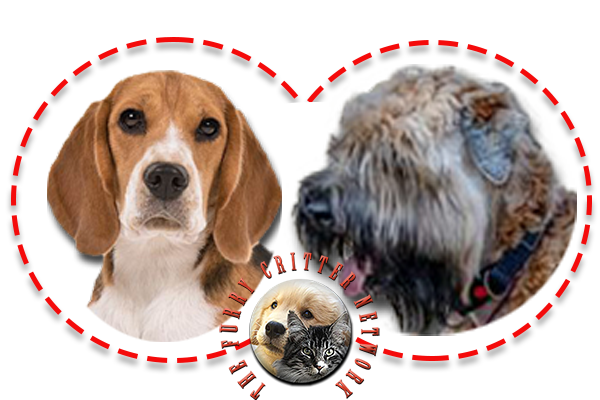Soft Coated Wheaten Terrier Breed Description - Cross #2
Puppies have dark coats of red, brown, mahogany or white. Their muzzles and ears may be black or dark brown. The reddish-brown puppy coat gradually grows out to nearly white before maturing into a wheaten colored coat as they get older. The adult coat typically matures by 3 years old and may contain black, white, or darker brown "guard" hairs in addition to the lighter wheaten colored hair. If adults ever have skin injuries, the resulting hair growth (wound hair) will be the dark color of their puppy coat before it eventually grows out to the wheat color. It may also come out to a molten chocolate color, either white or milky colored fur.
The Soft-coated Wheaten Terrier is a medium-sized dog, which ranges on average from 17 to 20 inches (43 to 51 cm) in height and about 30 to 45 pounds (14 to 20 kg) in weight. The breed has a square structure and is well built. Their soft, silky hair does not shed like most dogs; like human hair and Poodle hair, it keeps growing; they do need trimming and should be brushed and combed once a day to avoid mats. They are very smart dogs, and are easy to train. They love people, and they rarely have aggression issues if obtained from a reputable breeder.
The Irish coat tends to be thinner and silkier than the American variety and it has a devoted following in Ireland and Europe. Breeders of the pure Irish type believe this is the original working coat. The coat is not thin – breeders of the Irish type consider the American heavy coat to be "bouffant", not that of the original working terrier type. There are a few breeders of the Irish type in the US and Canada. In the AKC conformation show ring, the judges do not always accept the Irish type well. The Irish is well received in the UK and Europe. The "Heavy Irish" coat is usually a result of cross-breeding between coat types – American/English coat with an Irish type. The Irish coat still requires daily brushing to stay free of matted hair.
The Wheatens seen in Ireland today are of the same size, shape, and coat texture as those seen and documented well over 100 years ago.






